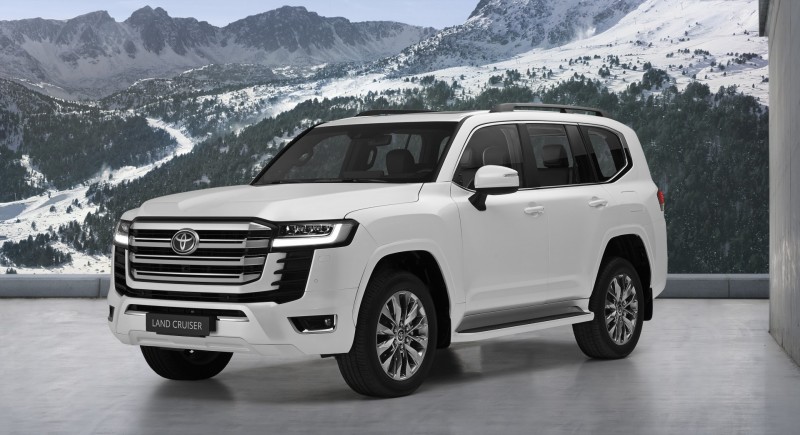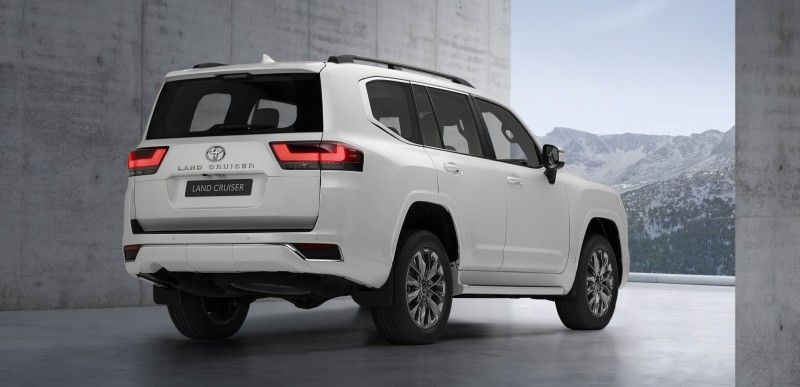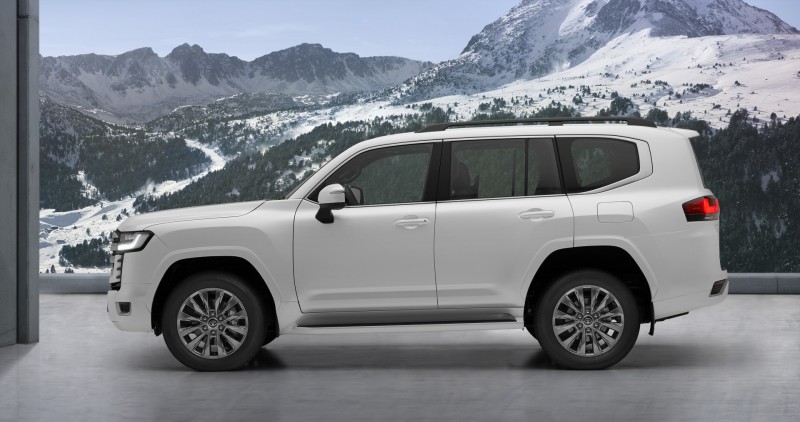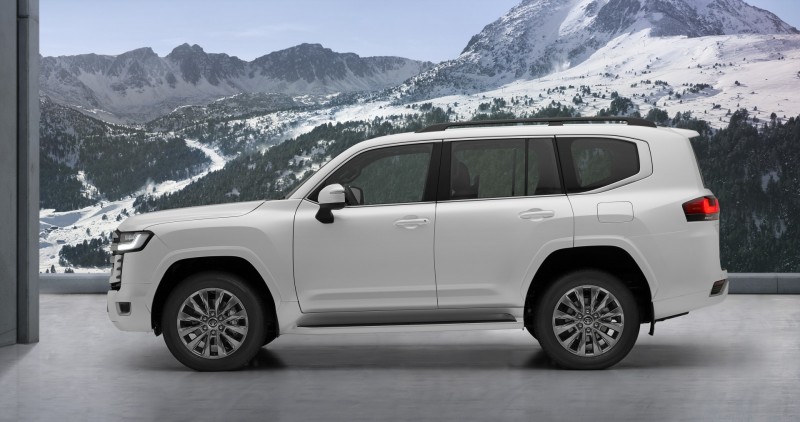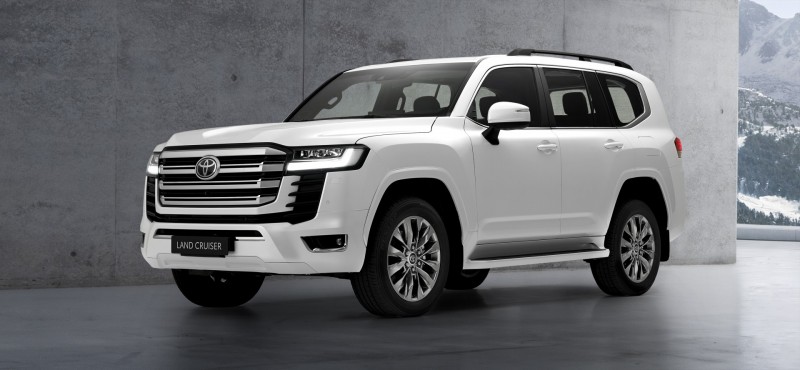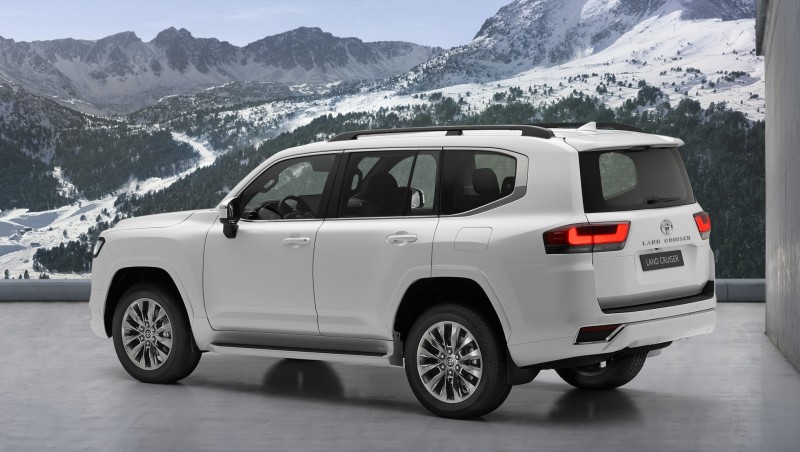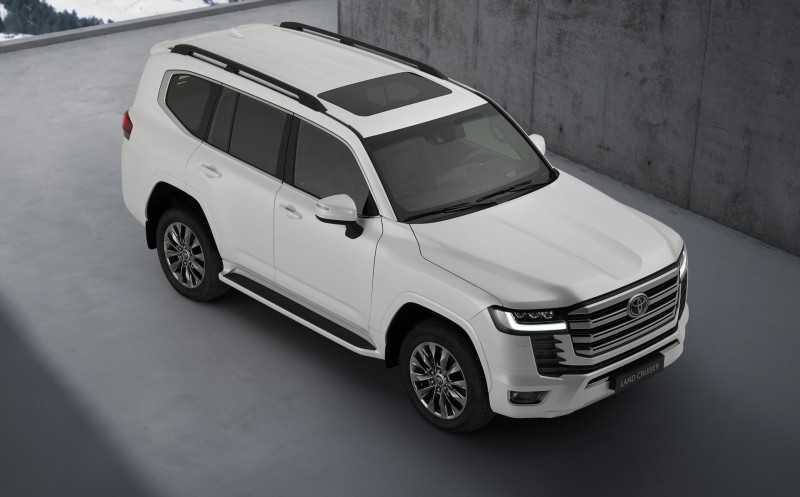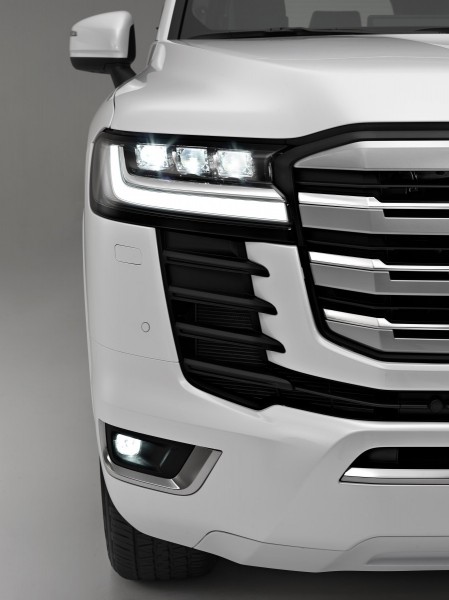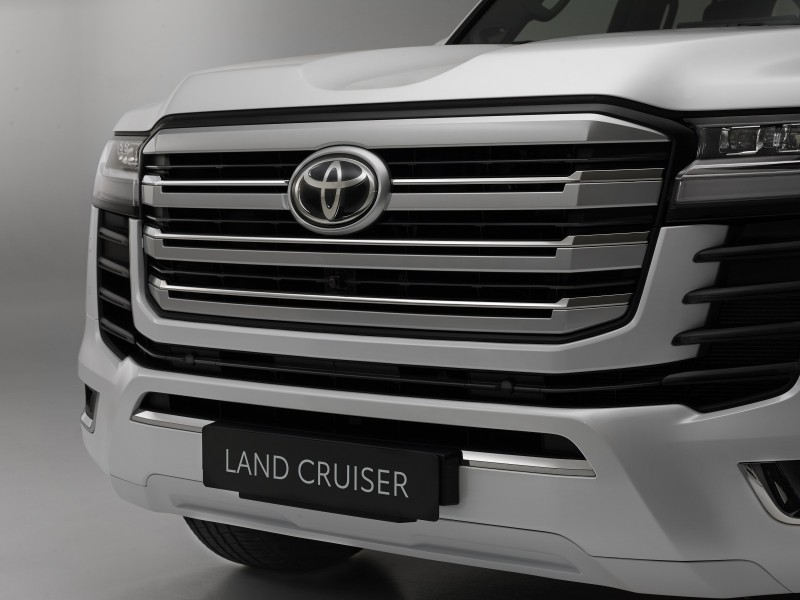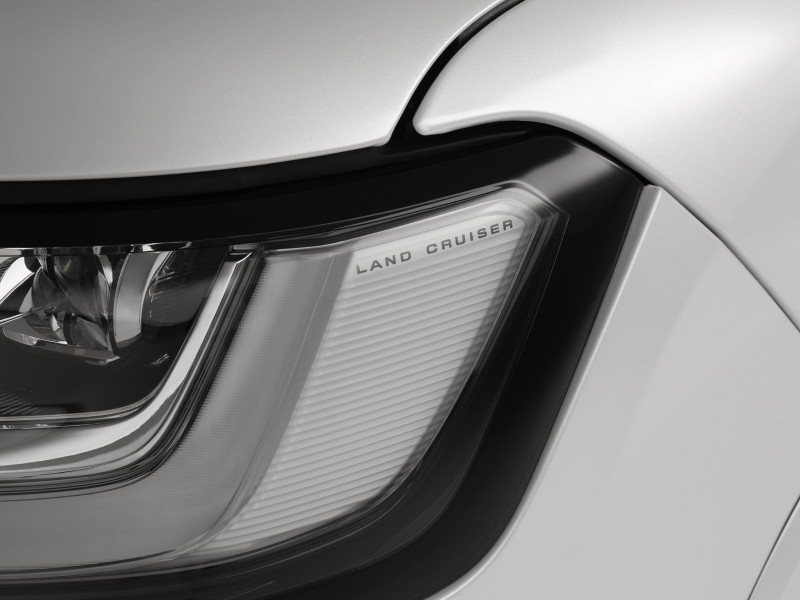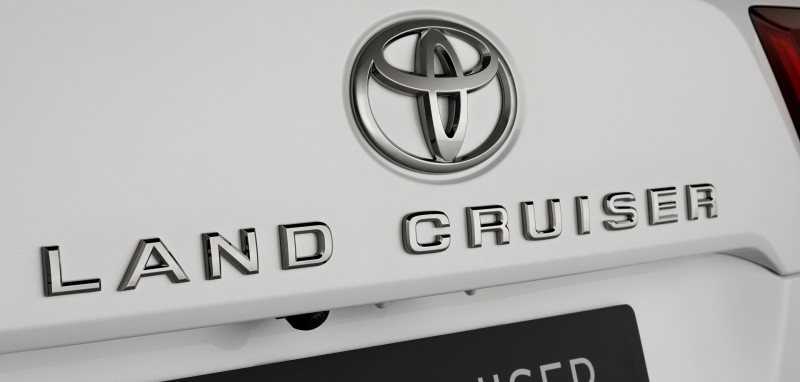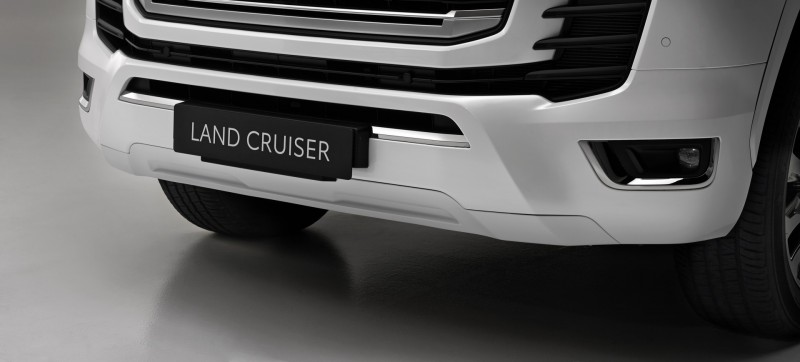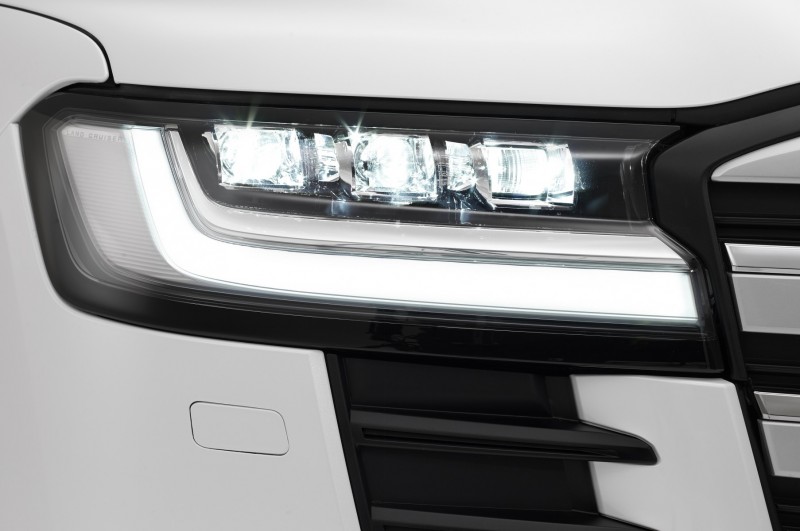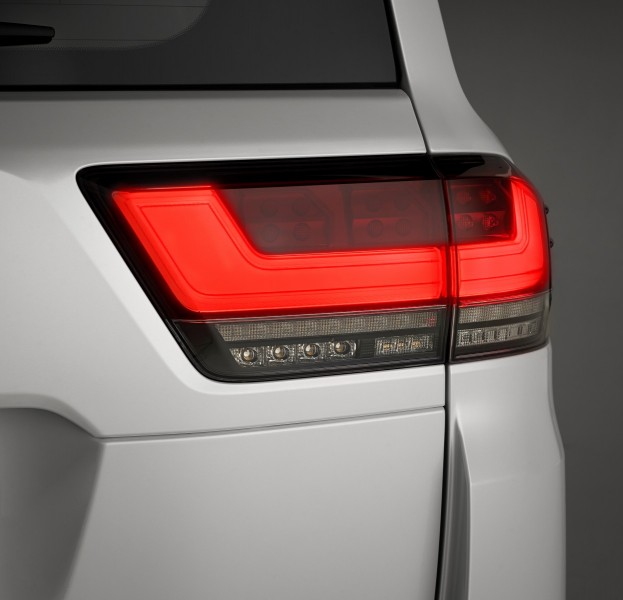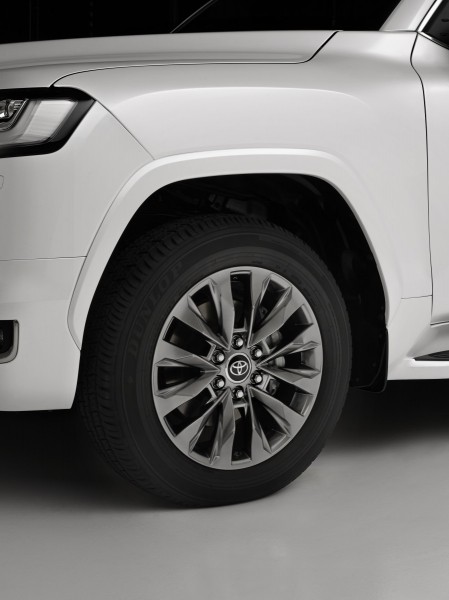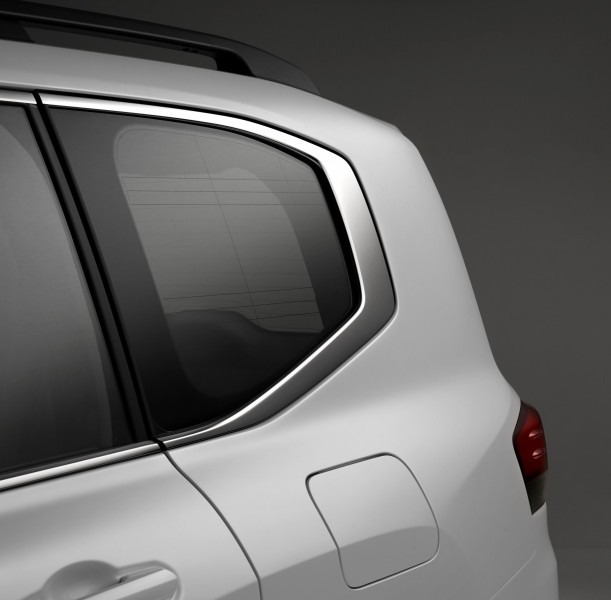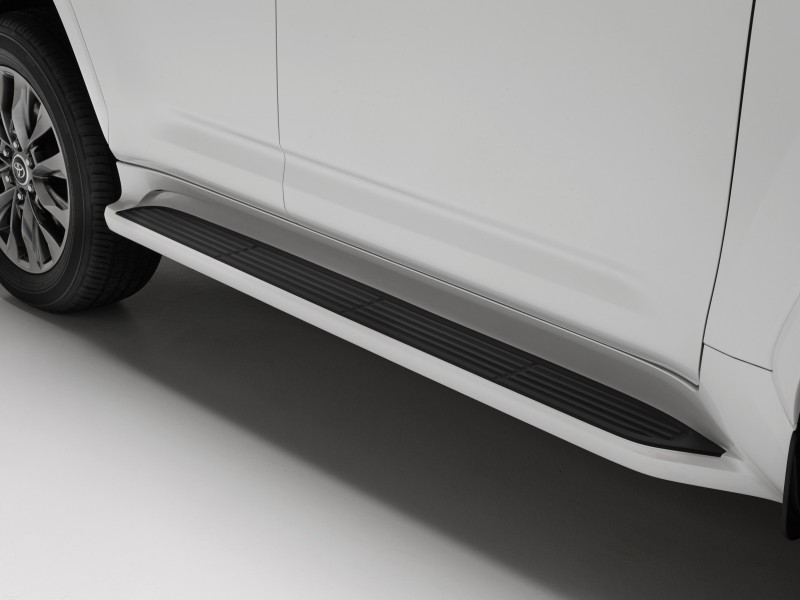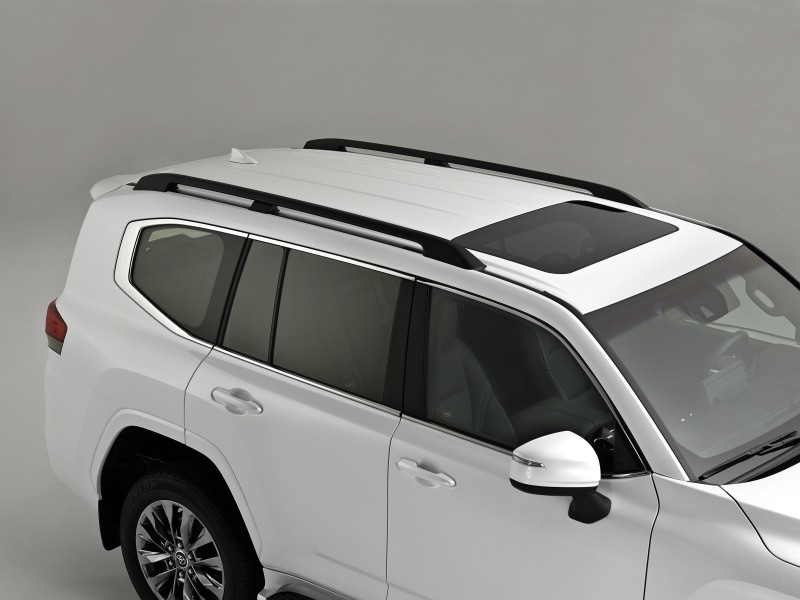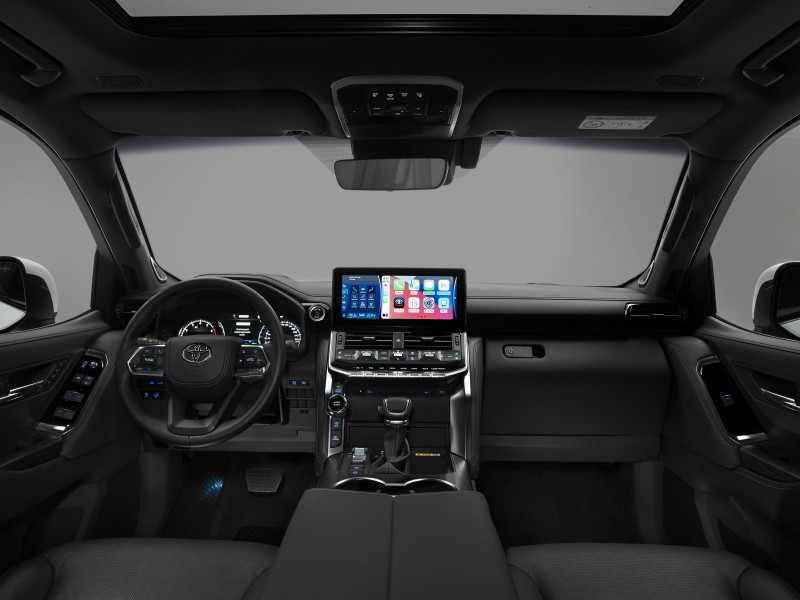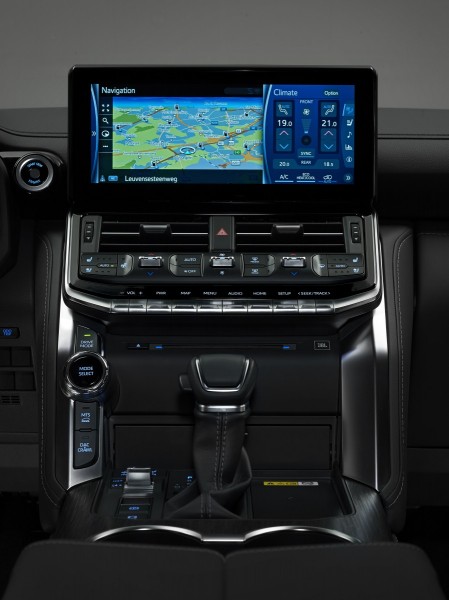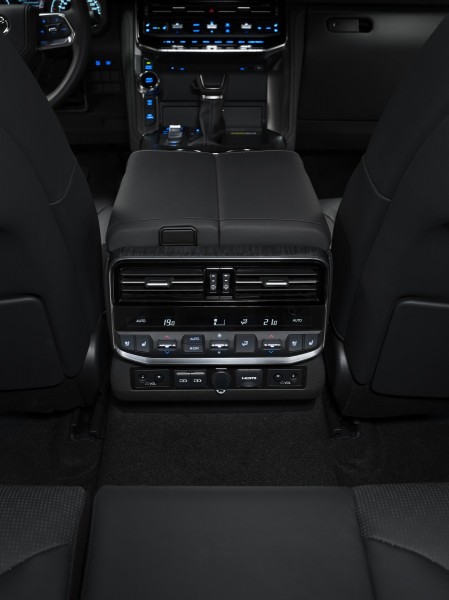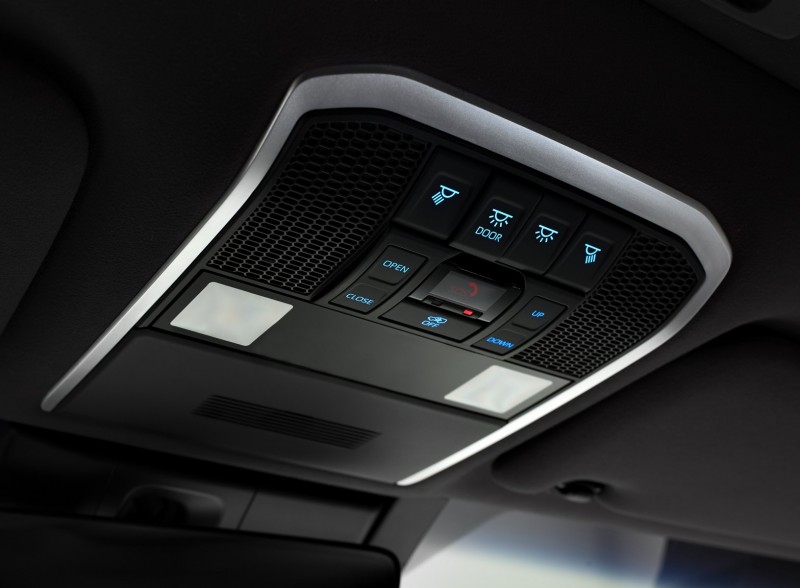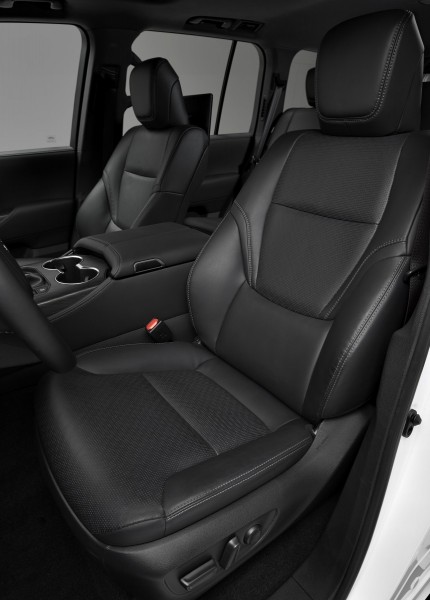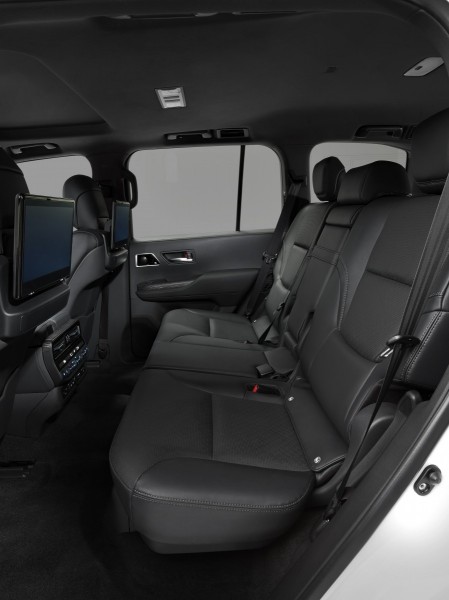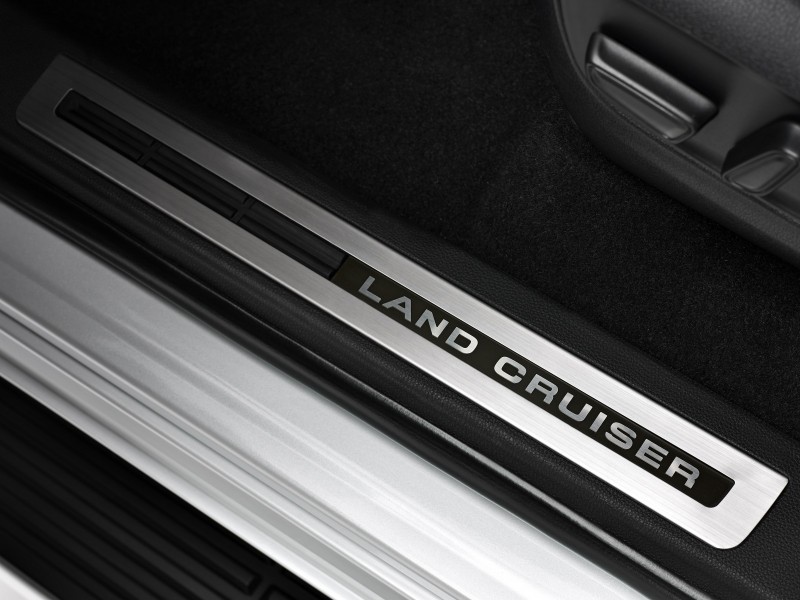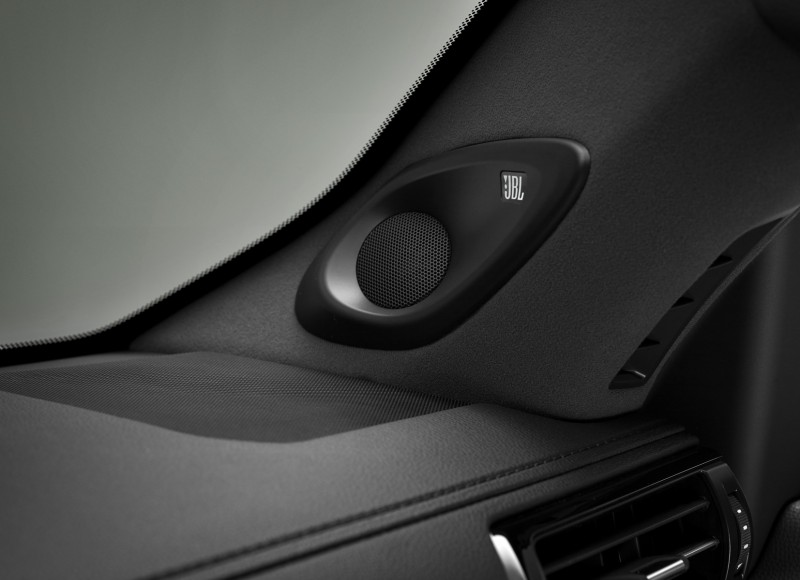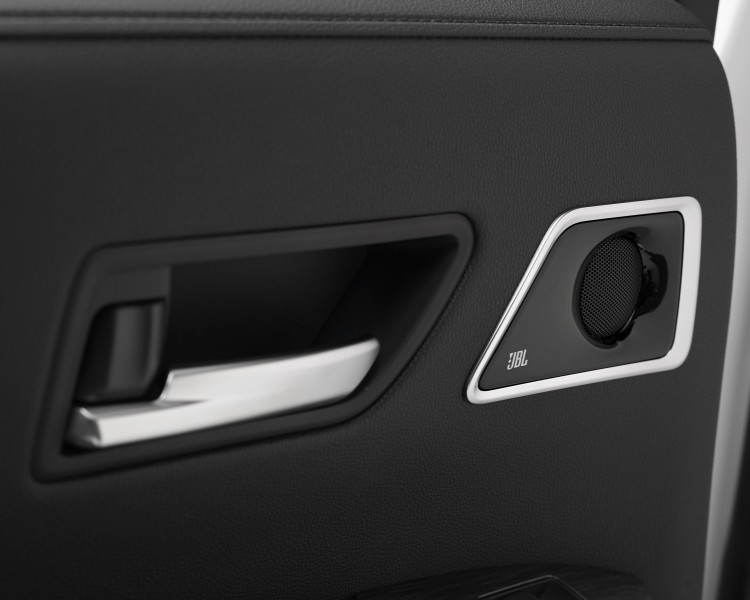OPPDATERT!! Ny Toyota Land Cruiser 300

Brussels, Belgium,09June2021
World premiere of the all-new Toyota Land Cruiser (300 Series)
- Toyota’s all-new Land Cruiser flagship, revealed today in online event
- New model builds on Land Cruiser’s 70-year heritage and more than 10 million worldwide sales
- Latest version of the Toyota that will “go anywhere and everywhere, and bring you back safe and well”
- Reinforcing the Land Cruiser’s essence of “reliability, durability, and off-road performance’s
- Completely new vehicle – new GA-F platform, new twin-turbo V6 engines, new 10-speed automatic transmission, new suspension system and new exterior and interior design
- First new SW (station wagon) Land Cruiser since 200 Series’ introduction in 2007
- New model to be introduced from summer 2021
The Toyota Land Cruiser’s status as an automotive legend is indisputable, with its heritage of achievement now spanning 70 years and more than 10 million sales across 170 countries and regions. Toyota’s proud claim is that Land Cruiser is a vehicle that will “go anywhere and everywhere, and bring you back safe and well.”
Today Toyota reveals an all-new Land Cruiser, presented in an online world premiere hosted in Dubai. The Land Cruiser (300 Series) is the first new Land Cruiser SW (station wagon) model since the release of the LC 200 in 2007 and takes its place as the new flagship of the SUV range. The changes it brings are unprecedented.
With new Land Cruiser 300, Toyota is further reinforcing its credentials for Quality, Durability and Reliability (QDR) together with improved off-road performance and on-road capability, to ensure drivers are at ease with any route they take.
The engines, transmission and platform are all brand-new and engineered to deliver a leap forward in performance both on-road and in the toughest off-road environments. Innovations and improvements – including world-first technologies – have been delivered without compromising any aspect of Land Cruiser’s ability, targeting performance that people can trust to carry them safely and securely, on and off-road.
With this objective in mind, Toyota has made first use of a new TNGA (Toyota New Global Architecture) platform, the first to be designed for a body-on-frame vehicle. The GA-F platform preserves exceptional off-road capability while bringing new benefits in terms of body rigidity, strength and dynamic balance and helping deliver improved on-road performance as well. It provides the basis for introducing new technologies, reducing weight, lowering the vehicle’s centre of gravity, improving safety and enabling new designs for the exterior and interior.
The frame itself was redesigned to save weight and improve its rigidity; overall the new Land Cruiser is 200 kg lighter than its predecessor. New suspension systems have also been introduced, while performance was tested to the limit by master drivers and drivers with experience of the gruelling Dakar Rally. The aim was to create an SUV that is not just highly capable, but is also easy for the driver to control, on and off-road.
Focus areas included tuning suspension performance to achieve optimum wheel articulation, keeping the tyres in contact with the ground on rough terrain, and improving road-holding with a world-first Electronic Kinetic Dynamic Suspension System (E-KDSS). The new Land Cruiser 300 is also the first Toyota to adopt a Multi-Terrain Monitor, which gives the driver a real-time view of the road surface beneath and immediately surrounding the vehicle and the position of the wheels. The Multi-Terrain Select system automatically judges the quality of the driving surface and adopts the most appropriate driving mode.
The advances in driving dynamics and handling are supported by new V6 twin-turbo engines – 3.5-litre petrol and 3.3-litre diesel – engineered for class-leading performance and driveability superior to a conventional V8. Both are available with a new 10-speed automatic transmission, a unit that contributes to a reduction in fuel consumption and CO2 emissions of around 10% compared to the current generation model.
The advances in engineering are matched by a new design that is faithful to the model’s heritage and status, while expressing a new concept of “functional beauty.” The Land Cruiser’s powerful, clean lines communicate the SUV’s great strength, together with greater sophistication and maturity. Inside, the cabin projects a higher level of sensory appeal in a space where the driver and passenger can feel comfortable and safe, regardless of how tough the driving environment is.
With the ability to place the vehicle precisely when driving off-road being a priority, the new Land Cruiser 300 preserves the dimensions of the current SW model, including overall length and width, the wheelbase and the departure and approach angles.
There are significant advances in safety, from the inherent robustness of the vehicle’s construction and its sophisticated systems for secure driving in challenging conditions, to additional and upgraded active safety and driver assistance systems provided by second generation Toyota Safety Sense. The ability of the Pre-Collision System to help avoid an accident has been increased so it is now able to detect pedestrians (day and night-time) and bicycle riders (daytime) in the car’s path. When turning at junctions, PCS can also recognise potential collision hazards with both oncoming traffic and pedestrians crossing the road into which the vehicle is heading. The new Land Cruiser 300 adopts a new Parking Support Brake, which recognises obstacles in front and behind the car when moving slowly in a car park and approaching vehicles and pedestrians when reversing out of a parking space.
Toyota will launch the new Land Cruiser from summer 2021.
Land Cruiser Heritage
The Land Cruiser has a proud history of providing safe and secure performance for 70 years. It can trace its history back to the original Toyota BJ model of 1951, which demonstrated its ability to tackle tough conditions by becoming the first vehicle to climb to the sixth checkpoint on the slopes of Mount Fuji. Having proved its strength, it was recruited for use as a police patrol car across Japan.
This was the beginning of Land Cruiser’s tradition of providing safe and secure performance – a tradition that can be considered the foundation for Toyota’s status today as a mobility company. Global cumulative Land Cruiser sales have reached around 10.4 million*, its reputation built on consistently high levels of reliability, durability and off-road performance.
These qualities have made the Land Cruiser an indispensable tool for people living in remote regions and equipped it as a vehicle that can be trusted to help in humanitarian aid and disaster relief efforts.
* At the end of 2020, also including Lexus GX and LX models.
Land Cruiser Timeline
| Model | Sales Period | Characteristics |
| BJ | Aug 1951 – Jan 1965 | Original model developed for Japan’s National Police Reserve. Although not used by the reserve, it was adopted as a patrol car by the National Police Agency. It was the first vehicle to climb to the sixth checkpoint on Mount Fuji. The name was changed to Land Cruiser in 1954. |
| 20 Series | Nov 1955 – Dec 1959 | Second generation model with external appearance redesigned for civilian use. Overseas exports began with Land Cruiser demonstrating the quality and durability of Toyota products outside of Japan. |
| 40 Series | Aug 1960 – Oct 1986 | Third generation model won high acclaim and popularity worldwide as a cross-country vehicle benefiting from Land Cruiser’s essential reliability, durability and off-road performance. This popular model sold for 24 years and many are still on the road today. |
| 50 Series | Aug 1967 – Jul 1981 | A fully fledged station wagon version with an all-new, original design. This predecessor of today’s 300 Series offered a more spacious interior and greater comfort while retaining Land Cruiser’s essential character. |
| 60 Series | Aug 1980 – Jan 1990 | A station wagon model succeeding the 50 Series. Driving stability was improved with wider tracks and the model came with more comfort-focused equipment to suit private customers. |
| 70 Series | Nov 1984 – present | Heavy-duty model that is still evolving today, a successor to the 40 Series. In 1985, a light-duty version was introduced, followed by the Prado in 1990. |
| 80 Series | Oct 1989 – Jan 1998 | Station wagon model that took Land Cruiser’s off-road performance to its highest level yet. Equipment and ride quality matched those of a luxury vehicle. |
| 90 Series | May 1996 – Oct 2002 | First Land Cruiser to use independent front suspension. This was a light-duty model with an exclusive body, which contributed to better on-road performance and ride comfort, while retaining off-road capability (the second generation Prado). |
| 100 Series | Jan 1998 – Aug 2007 | Successor to the 80 Series, this was the first station wagon model to use independent front suspension. With improvements in off-road and prestige on-road performance and ride quality, it was a luxury 4×4. |
| 120 Series | Oct 2002 – Aug 2009 | This light-duty model adopted a new high-rigidity frame – the first Land Cruiser to use a separate frame structure – and gave improved off-road performance. Electronic control systems were introduced and on-road comfort was further improved (third generation Prado). |
| 150 Series | Sep 2009 – present | Light-duty type with further improvements in body rigidity and full incorporation of advanced technologies to improve off-road performance (fourth generation Prado). |
| 200 Series | Sep 2007 – Spring 2021 | Successor to the 100 Series, a station wagon model which adopted a separate frame structure. The platform was redesigned to gain better rigidity, durability, collision safety and interior comfort. |
 3464
3464

